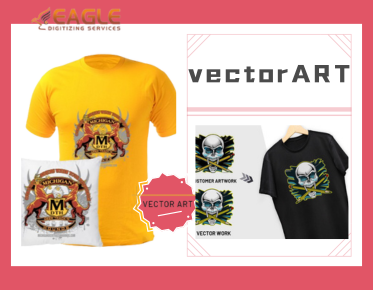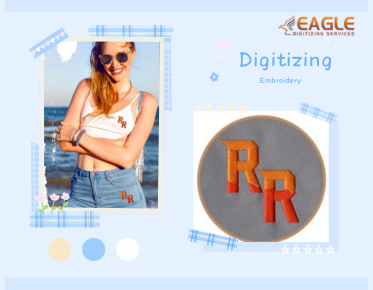Screen Printing A Custom T-Shirt: A Complete Guide
Screen printing a custom t-shirt is both an art and a science, blending the creativity of design with the technical skills of print production. Whether you're a seasoned professional or a DIY enthusiast, understanding the nuances of screen printing can transform your plain t-shirts into vibrant wearables that reflect personal style or brand identity.
Getting Started with Screen Printing
Before diving into the actual process of screen printing, it's essential to have a clear vision of your design. This design often starts as a digital image which must be converted into a format suitable for screen printing. Vector art services are ideal for transforming high-resolution raster images into scalable vector graphics, preserving quality even when sizes fluctuate.
Step 1: Pre-production - Preparing the Materials
The first step in screen printing involves preparing your materials and work area. You'll need a screen printing frame, mesh, a squeegee, ink, and the t-shirts themselves. Choosing the right type of ink is crucial, as it must bond effectively with the fabric being used to avoid any fading or wash-off issues over time.
Step 2: The Screen Creation
Next, produce a stencil for your design. This is where screen printing gets its name: through the engraving or burning of a stencil on a mesh screen. Designs can be complex, often requiring multiple screens for different colors if you plan on using the raster to vector conversion process for color separation.
Step 3: Printing Process
With the screen ready, it's time to transfer your design to the garment. Place the screen over the t-shirt and apply the chosen color on top of the screen. Using a squeegee, press and drag the ink through the screen's mesh, transferring the design onto the fabric. It's crucial to maintain even pressure to ensure consistent print quality across all t-shirts.
Step 4: Curing the Ink
Once printed, the ink must be cured to dry and affix permanently to the fabric. This typically involves using a conveyor dryer or a heat press machine. Temperature control is key, as too much heat can scorch the fabric or cause the ink to crack, while too little can result in premature ink wash-out.
Advanced Tips for Screening Printing Success
Mastering screen printing takes practice, but a few advanced tips can elevate your output significantly. For instance, using reliable vector artwork ensures crisp, clear lines and enhances the aesthetic appeal of the print. Similarly, experimenting with mesh counts of screens can modify ink thickness and design textures, providing unique tactile experiences.
Considering Eagle Digitizing's Role
For those looking to optimize the quality of their screen printing, Eagle Digitizing offers an array of services that simplify the preparation phase. Their expertise in creating detailed vector images ensures that every facet of your design is preserved efficiently across numerous printing methods, including heat press and laser printing.
Looking Ahead: What's Next in Screen Printing?
As digital technologies evolve, so too does the screen printing landscape. Innovations in materials and techniques are constantly emerging, offering even more flexibility and creativity to designers and businesses. By staying abreast of these changes, you can continue to refine and expand your capabilities, creating truly unique and personalized t-shirts that captivate and inspire. How might these evolving technologies change the types of designs you choose to bring to life?
.png)


